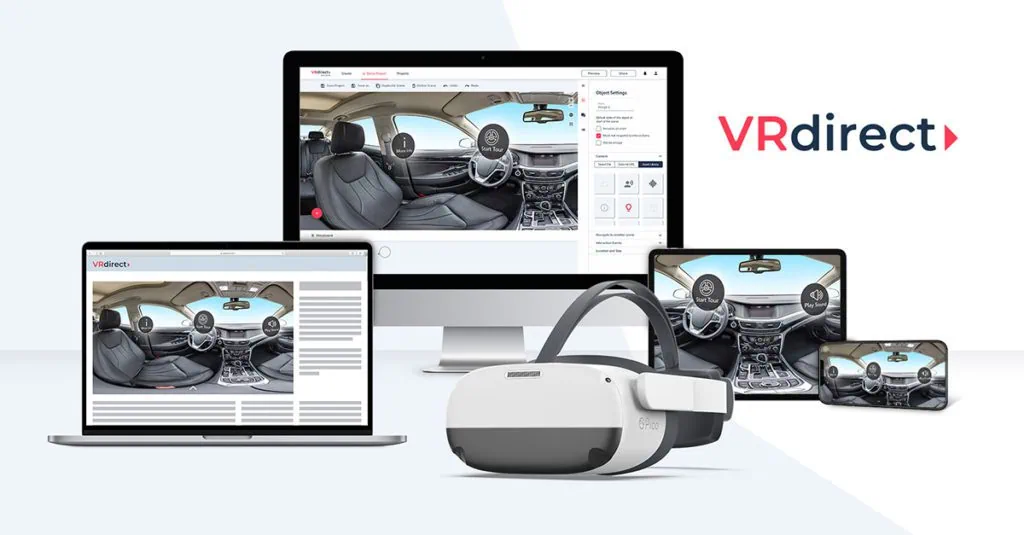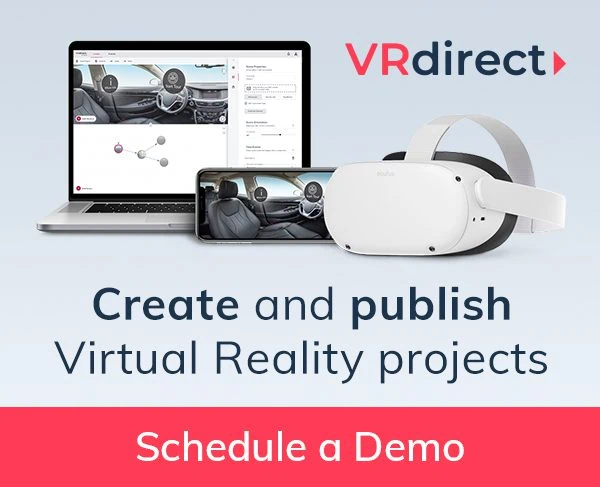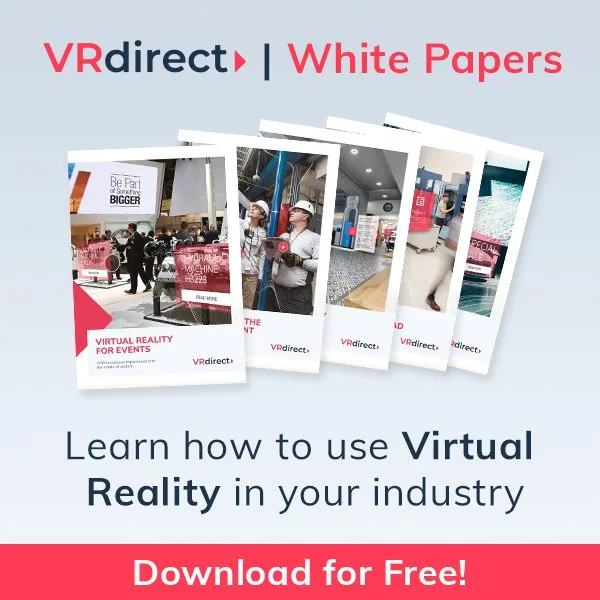“Was investing in the Metaverse a bad decision? Is the Metaverse a lie, a big fantasy?”
Many questions like those may cloud your mind following the adverse developments in the Metaverse space. The news that the biggest advocates of the metaverse, Meta, is relieving 13% of the workforce from their duties while the share price is under pressure in the light of Metaverse investments especially sets the alarms off for many.
It is more concerning that despite pouring $36 billion into developing the metaverse infrastructure, Meta’s ‘Horizon Worlds’ is turning into a ghost town as users abandon the virtual world.
The Wall Street Journal reports that Meta’s ‘Horizon World’ lost over 1,000,000 users within eight months. The number plunged from 3,000,000 users to 2,000,000.
So, does that mean all the noise about the Metaverse for really nothing?
Relax, the metaverse is not dead! It just another technology that meets the hype cycle!
It is essential to understand, despite all the excitement and headlines, that the Metaverse is still a farsighted vision. What’s happening is that, like any other new life-changing technology, it is going through the technology Hype Cycle.
What is the Hype Cycle?
The hype cycle is a graph representing the five life cycle stages a technology inevitably goes through. Developed by Gartner, an American technological research and consulting firm, the Hype Cycle graph marks technology’s evolution from conception to maturity.
The 5 stages of the Hype cycle are as follows:
1. Innovation Trigger: A hypothetical technological concept is proposed that triggers excitement but with no factual grounds or products to show for it.
2. The peak of Inflated Expectations: Premature publicity, along with interest from the BIG- techs, has everyone’s attention, inflating expectations unrealistically.
3. Trough of Disillusionment: When the bloated expectations fizzle out, investors get rattled, projects get stalled, the media becomes uninterested, and public enthusiasm takes a hit, know that we have entered the ‘Trough of Disillusionment.’
4. The slope of Enlightenment: Resilience is paying off, and risk-taking enterprises see more financial and moral backing. This stage sees a rapid advancement, a rediscovered optimism with a working model.
5. Plateau of Productivity: This is the last and final stage, where the Technology has real-world use cases with millions of active users and a brimming community.
Where is the Metaverse in the Hype Cycle now?
What we have seen in the past 12 months, since the first announcement of Mark Zuckerberg’s vision of the metaverse in his famous keynote, was nothing less than the fastest spread of a technological concept in human history. Within less than a year, the idea of the Metaverse has reached a level of public awareness that is unprecedented in the history of mankind. It feels like pretty much everyone has heard or read about the Metaverse. Media has devoted countless cover pagers, science has started numerous research projects, but most importantly almost all Big Tech (as well as almost any other company) has started to invest in this new technology (although it’s not always called “Metaverse”, but rather “Web3”, “Mesh” or “Omniverse”). The Metaverse was nothing less than the hottest topic all around the globe for a certain period in 2022.
Following the tremendous hype and inflated expectations around the Metaverse, it was obvious what would follow next: the beginning of its long journey through the valley of disillusionment.
This will be the time that all the critics and ‘I told you so’s, will compete to declare the end of the Metaverse before it has even begun.
And despite all the critics today, the merits of Mark Zuckerberg and Meta in developing this technology can not be underestimated. At one point this will be regarded as one of the most compelling examples of how visionary power has shaped and created a new technology era.
What Next for the Metaverse?
The period between one hype cycle stage lasts approximately 2 to 4 years. It can be more or less. So, ‘the sunny slope of Enlightenment’ phase is still (relatively) far. What should make these unnerving times easier is, if we only take the Metaverse for what it is today, a vision, and an ambition. But we will get there, and it will change the way humans interact with technology for good.
What’s the relation between the Metaverse and Virtual Reality?
Metaverse: Key technologies of the Metaverse are at different stages.
While the Metaverse is a vision today, Virtual Reality is real and ready to be deployed.
Many use the term metaverse synonymously with Virtual Reality, but that’s wrong:
The Metaverse has two distinct characteristics. One, it will enable a more intuitive, more natural way for humans to interact with technology. It won’t use clunky gadgets, such as today’s smartphones or VR headsets, but barely noticeable wearable technology.
Think of EarPods, voice recognition, wristwatches and of course smart glasses that work in sync with AI to augment an altered reality on the go.
Second, AI will allow to automate and integrate digital services instead of managing dozens of digital services as separate entities. The Metaverse will create a holistic digital experience across multiple digital services (some of this might by with your avatar).
For example, our self-driving cars would know where we want to go, and our work calendars will auto-update per our recent interactions and movements. Most digital activities we do in a day will be automated.
Hence, we will all live in the Metaverse someday. And yes, the Metaverse era will replace the Smartphone era (gradually).
Hint: You probably would not be using your mobile or laptop to read this blog post, but rather an immersive floating window.
Note: Upland, Decentraland or Sandbox are Social (VR) apps, so not the Metaverse either.
Embracing the present — Virtual Reality
What’s needed is a positive outlook looking up to what we have, rather than to what’s not yet there. And what we have today is the key to the Metaverse — Virtual Reality.
VR is a key technology of the Metaverse, and it is a mature technology ready to be used. According to stats, the global VR market is poised to become worth $26.9 billion by 2027.
So, it makes sense to get familiar with VR tech first.
VR is made up of two interfaces: software, and hardware. The hardware includes VR headsets such as the Meta Quest Pro, Pico 4, HTC Vive Focus 3, etc. And then there is VR software.
There is obvious software from Unity or Unreal that allow users to create high-end, complex VR experiences. However, using these platforms requires expert skills, substantial investment, time, and expertise.
For most everyday VR projects, VRdirect, is a great alternative to Unity and Unreal. VRdirect, which requires no coding knowledge, is easy to use, and accommodates quick drag and drop functionality to publish enterprise-ready VR experiences. And all this with a reasonable budget.

Where are we with Virtual Reality?
Training & Learning:
Whether you are training your new hires or upskilling your workforce, lengthy- lifeless modules do not entice the learner, leading to ineffective learning.
In contrast, VR-powered training modules isolate your employees for better focus while making training fun. It leads to more engaged learning while also being able to access sophisticated or heavy-duty machines in VR simulation. Think about how useful flight simulators are.
Moreover, the training is not only more effective and cheaper, but also safer. This is especially important in dangerous jobs where VR provides a safe environment to make mistakes.
A study by the National Training Laboratory found that the human brain consumes data (in VR) the same way as in real life and on-the-job training. In another scientific research, VR training was more impactful than audio-visual learning by 20%, better than reading by 10%, and lectures by 5%.
Product Showcases:
Prototyping and design:
Tackling Organisational Silos:
In the remote business setups of today, tackling organizational silos is essential to keep teams focused on one common goal or project outcome. VR bridges the physical gap between groups with in-person interaction using avatars. It helps retain the feel of an in-office environment while eliminating communication gaps and silos.
Virtual Tours / Digital Twins:
Marketing & Sales:
With Virtual Reality in marketing and sales, companies create immersive experiences for their customers, ensuring that products and services can be experienced even more realistically. By using technologies such as Virtual Reality, companies present themselves to the outside world as innovators and create an additional platform on which they can present their brand. VR promises a completely new experience for the viewer. This leads to higher brand awareness compared to other marketing tools.
Frankly, the use cases of VR are endless and new ones are being constantly discovered. So, you should read this article on real-life use cases of companies using VR today.
Key takeaways …
It will take more than a few years to switch between the real world and alternate reality seamlessly. Ideally, it will take a mix of Virtual Reality, Augmented Reality, and physical Reality, and many supporting technologies to form the Metaverse.
Meanwhile, we need to learn more about Virtual Reality, as it will be crucial in building and using the Metaverse. So, it is better to start today.
The more familiar we are with VR, the more Metaverse-ready we will be. For small businesses, a good starting point should be investing in the new generation of headsets and using VRdirect to create the first VR projects.
You do not need to break the bank to start with VR. There are many affordable yet enterprise-ready solutions like VRdirect that you can use to a good effect. In fact, you may not need other software for years to come.
So yes, Virtual Reality may not be the Metaverse! …but it’s the perfect starting point!





